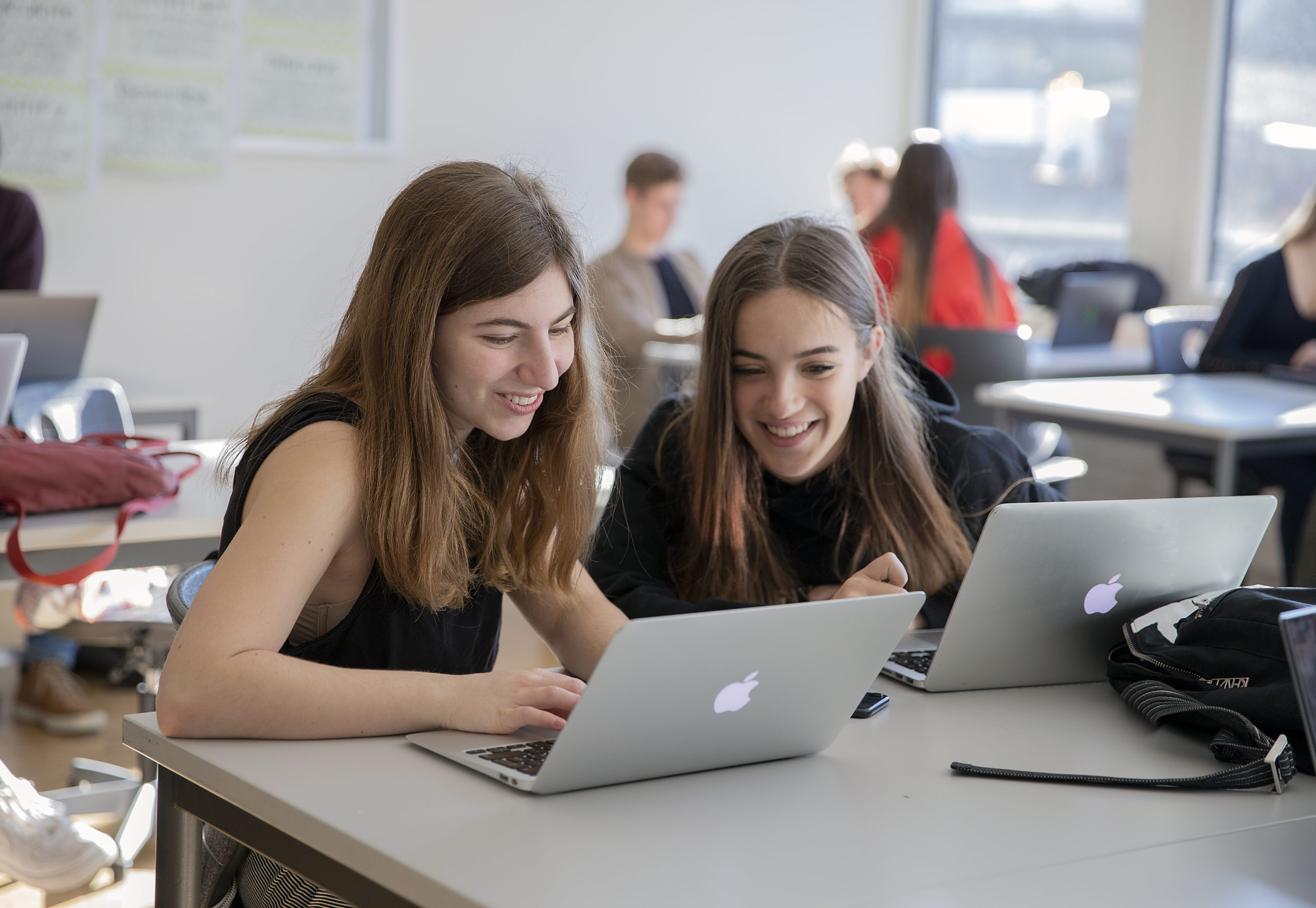Tech tools have revolutionized education. They make learning more personal and effective. LMSs like Google Classroom, Moodle, and Canvas let students organize and submit assignments. They also enable collaboration. Interactive whiteboards, like SMART and Promethean Boards, let teachers present interactively. They can annotate texts and engage students. Educational apps like Kahoot! Quizlet is for flashcards and quizzes. Duolingo is for languages. Khan Academy offers free, fun courses. They all make learning interactive. Other tools for collaboration include Google Suite, Office 365, Zoom, and Padlet. These provide additional learning support. Such digital resources promote learning like ib diploma singapore. They provide:
- Personalized instruction
- Accessible activities
- Resources for students with disabilities
- Data to help teachers adapt lessons to diverse needs.
Flexible Learning Through Online Platforms
Online learning changes education. It offers flexible, personalized learning outside the classroom. Students can learn at their own pace. They can access personalized content and use videos, articles, and simulations. Online forums let learners share knowledge. Digital learning is cheap and accessible to many, including high school and adult learners. Set goals, create engaging content, and communicate regularly to make online learning effective. AI, VR, AR, and blockchain are new trends that can improve online learning. To succeed, we must overcome the digital divide and technical issues. Online learning can be a powerful tool for all learners.

Merging Traditional and Digital Approaches
Blended learning mixes classroom teaching with online work. It offers flexibility to fit different learners. Some models combine class time with online videos and assignments. Some flip the classroom. Students learn online first and apply it in class. Rotation models mix online and group work. Flex models let students learn online and in person to finish tasks. The best blend depends on the subject, student choice, and tech access. Good blended learning needs clear goals, engaging activities, good communication, and tech support. AI, VR, and games are new trends that can make learning better. We must address challenges like the digital divide, teacher training, and student motivation. By using these innovations, we can create dynamic learning spaces for the future.
Building Essential Digital Literacy Skills
Digital literacy helps people succeed in school, work, and life. It includes tech skills, digital communication, critical thinking, and creativity with digital tools. Schools can promote digital literacy by:
- Using technology in lessons.
- Teaching critical thinking and problem-solving.
- Encouraging responsible technology use.
Safe technology use includes online ethics, digital citizenship, and security awareness. Future-ready skills include AI, data, and cybersecurity. To improve digital literacy, schools can use:
- Project-based learning
- Personalized lessons
- Collaborative work
